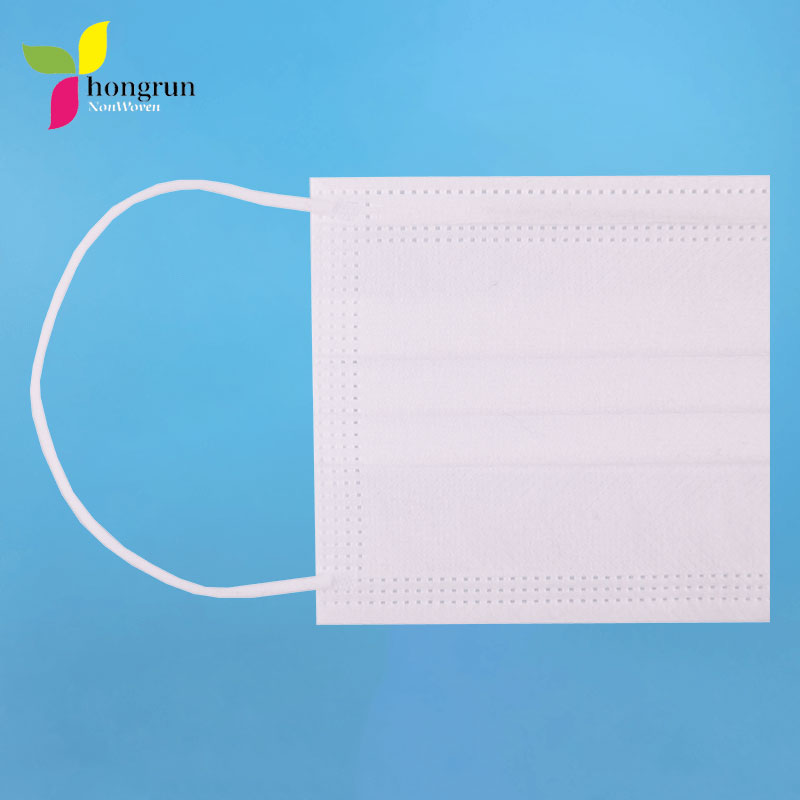HONGRUN
We are a factory and trading company of depilatory wax strip paper and other non-woven fabric products, professional in producing for more than 5 years.
1. Hand visual inspection method: This method is suitable for non-woven materials in loose fiber state.
(1) Cotton fiber is shorter and thinner than ramie fiber and other hemp fiber and wool fiber, often with various impurities and defects.
(2) The hemp fiber feels rough and hard.
(3) The wool fiber is curled and endowed with elasticity.
(4) Silk is long and slender, with special luster.
(5) Among chemical fibers, only viscose fiber has a large difference in strength between dry and wet states.
(6) Spandex yarn has very large elasticity, and its length can be stretched to more than five times at room temperature.
2. Microscope observation method: the non-woven fabric fiber is identified based on the longitudinal surface and cross-sectional shape characteristics of the fiber.
(1) Cotton fiber: cross-sectional shape: round waist with middle waist; longitudinal shape: flat ribbon shape with natural twist.
(2) Hemp (ramie, flax, jute) fiber: cross-sectional shape: waist round or polygonal, with a middle cavity; longitudinal shape: horizontal nodes, vertical lines. To
(3) Wool fiber: cross-sectional shape: round or approximately round, some with pith; longitudinal shape: scales on the outside.
(4) Rabbit hair fiber: cross-sectional shape: dumbbell-shaped, with hair pith; longitudinal shape: scales on the outside.
(5) Mulberry silk fiber: cross-sectional shape: irregular triangle; longitudinal shape: smooth and straight, with stripes longitudinally.
(6) Ordinary viscose fiber: cross-sectional shape: zigzag, skin-core structure; longitudinal shape: longitudinal grooves.
(7) Abundant fiber: cross-sectional shape: less tooth shape, or round, oval; longitudinal shape: smooth appearance.
(8) Acetate fiber: cross-sectional shape: trilobal or irregular zigzag; longitudinal shape: longitudinal stripes on the outside.
(9) Acrylic fiber: cross-sectional shape: round, dumbbell or leaf shape; longitudinal shape: smooth or striped in appearance.
(10) Chlorine fiber: cross-sectional shape: close to circular; longitudinal shape: smooth appearance.
(11) Spandex fiber: cross-sectional shape: irregular shape, round, potato-shaped; longitudinal shape: dark and deep appearance, showing unclear bone-shaped stripes.
(12) Polyester, nylon, polypropylene fibers: cross-sectional shape: round or special-shaped; longitudinal shape: smooth.
(13) Vinylon fiber: cross-sectional shape: round waist, skin-core structure; longitudinal shape: 1 to 2 grooves.
www.hzhrnonwoven.com

Copyright © 2019 Hangzhou Hongrun nonwovens Co., Ltd. | All Rights Reserved Technical Support:HWAQ Wholesale Depilatory Wax Strips Paper Suppliers